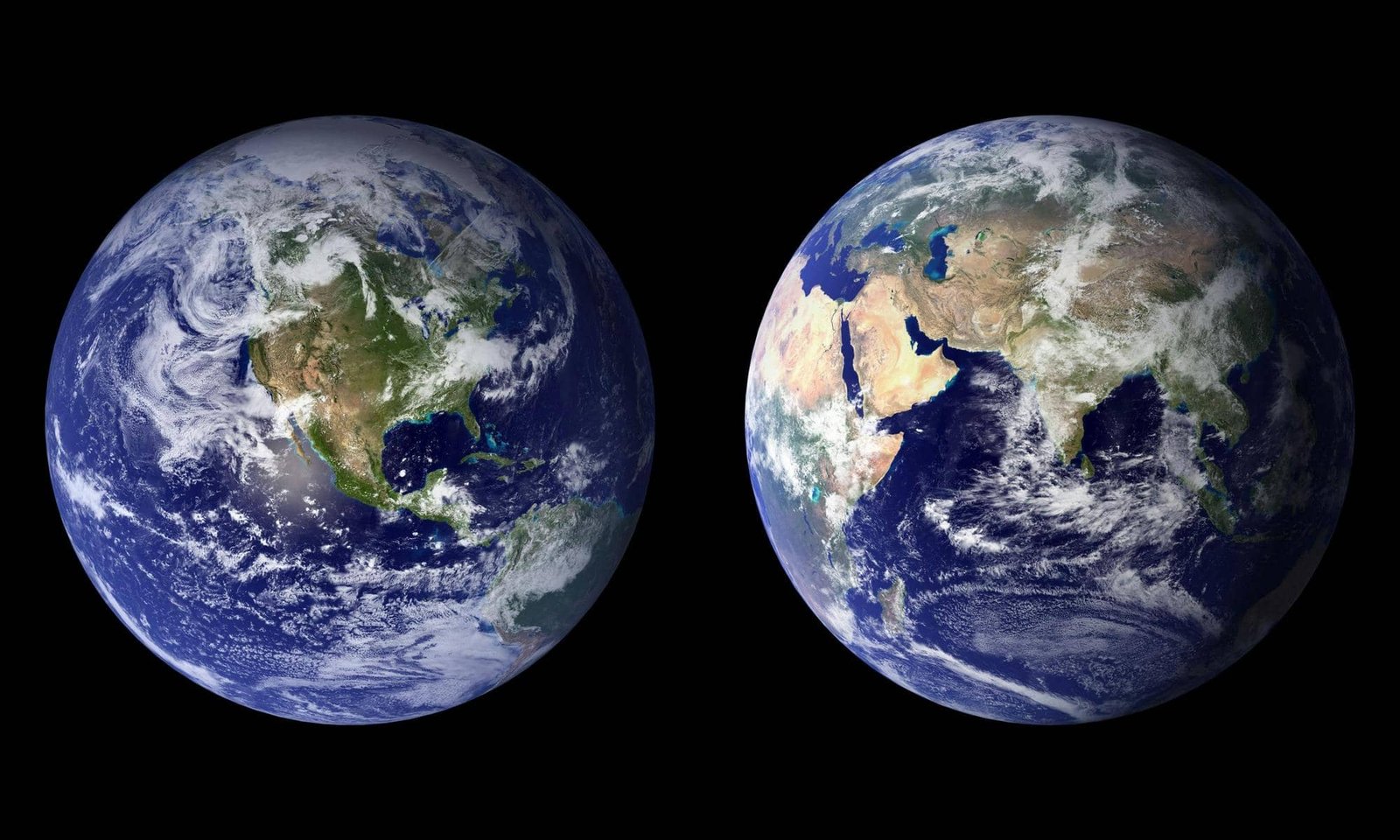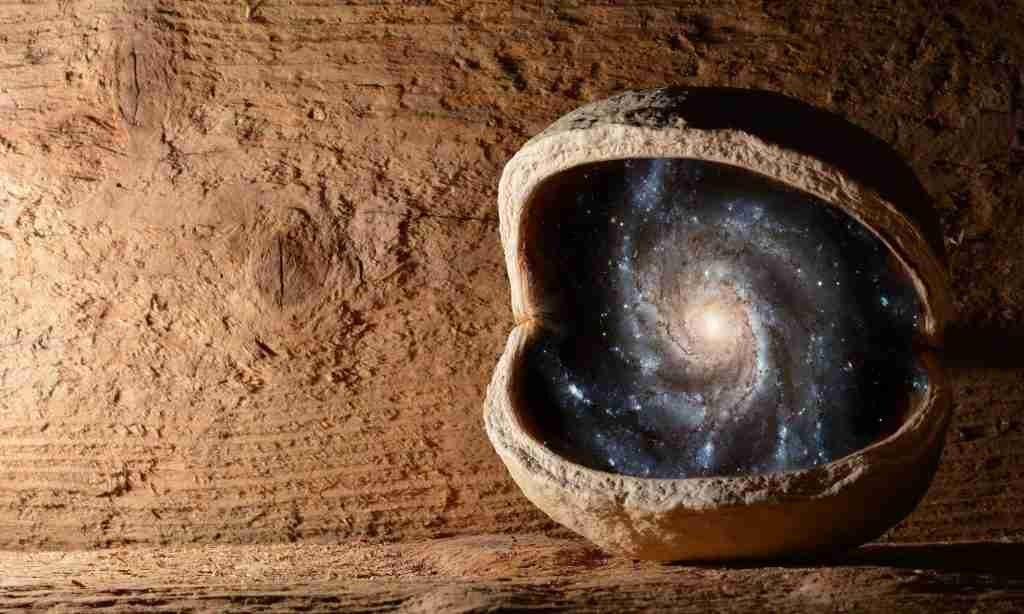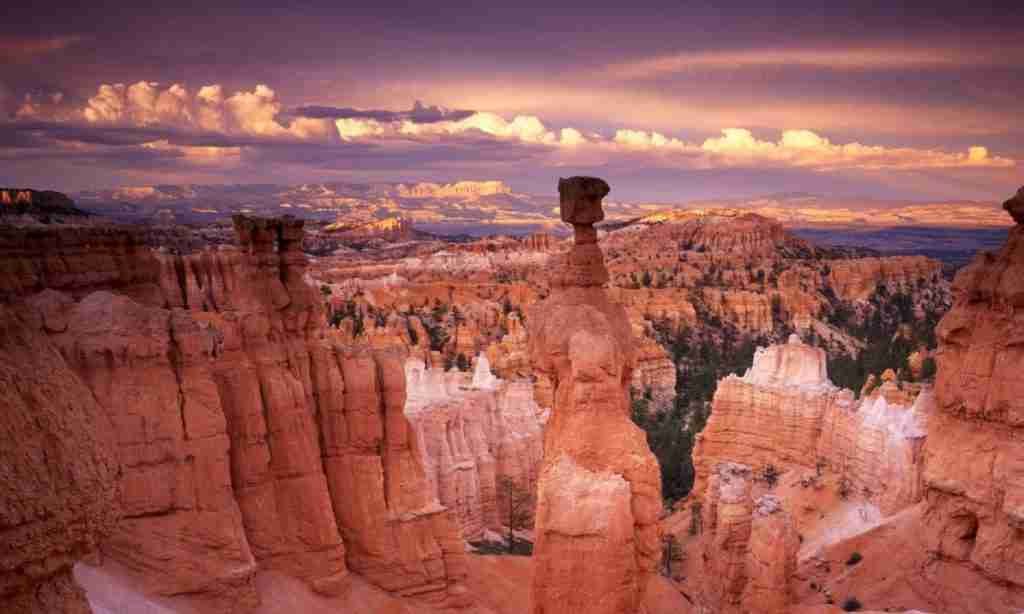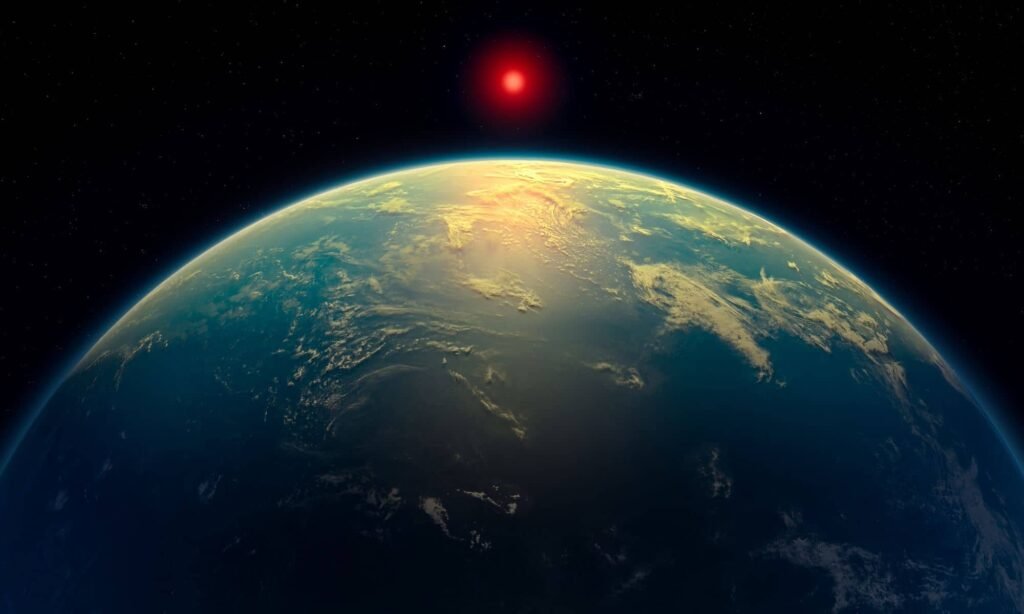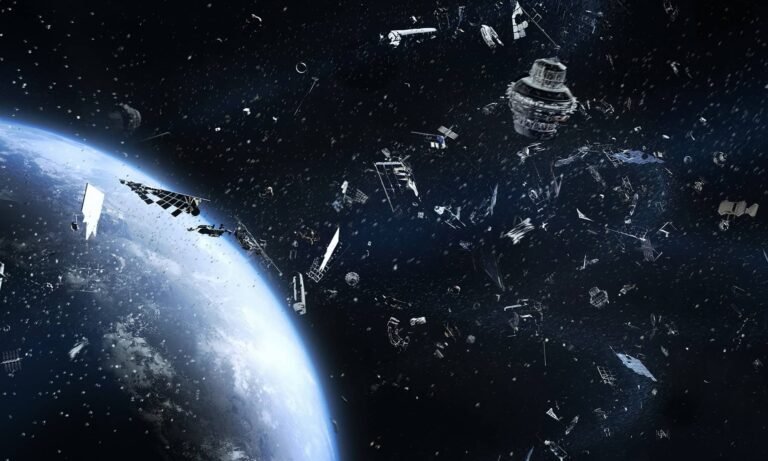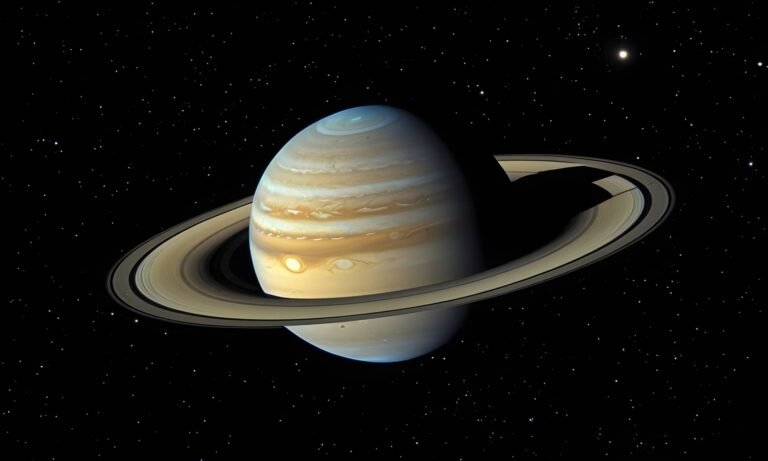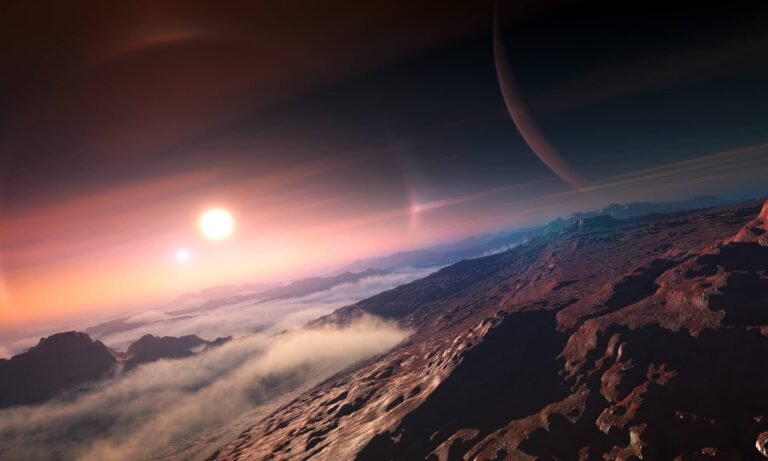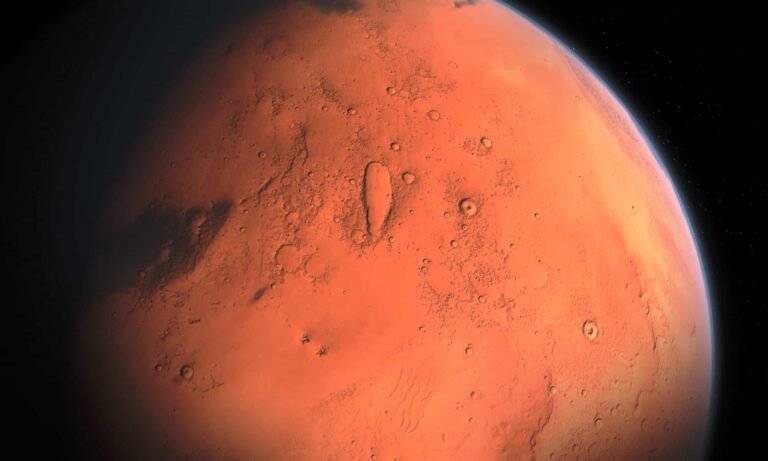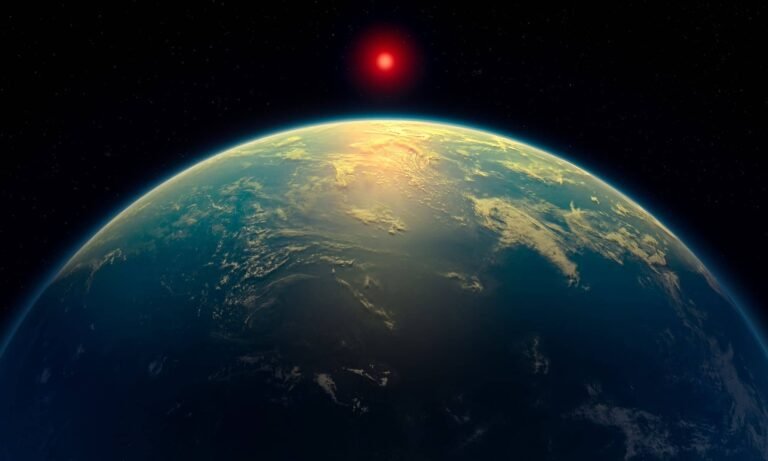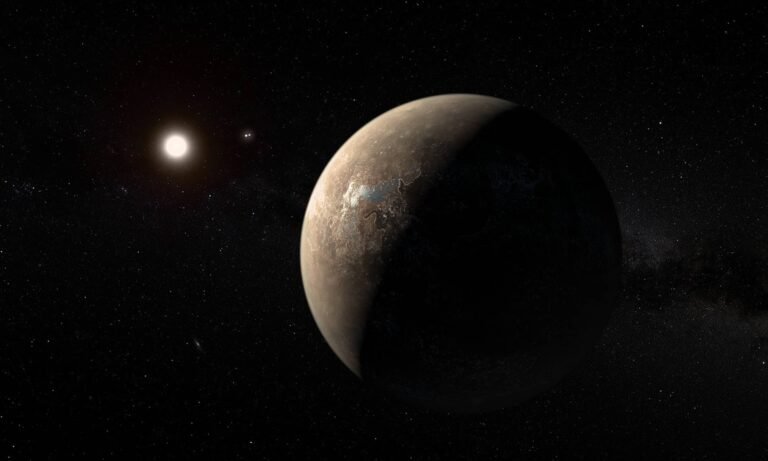Earth (aka Gaia, Gaea, Terra, Tellus, the world, the globe) is the third planet from the Sun and the only astronomical object known to harbor life. Explore Google Earth
Earth’s moon is 2,159 miles (3,474 km) wide, about one fourth of Earth’s diameter. Earth has one moon, while Mercury and Venus have none, and the other planets have two or more. The leading explanation for the moon’s formation is a giant impact that knocked material off the molten Earth into orbit. Scientists suggest the impacting object was about 10% the mass of Earth, roughly the size of Mars.
The Formation
When the The Universe and, as part of it, our Solar System settled into its current layout about 4.5 billion years ago, Earth formed when gravity pulled swirling gas and dust in to become the fifth largest of the planets in our solar system. Like its fellow terrestrial planets, Earth has a central core, a rocky mantle and a solid crust. While the Earth was in its earliest stage (Early Earth), a giant impact collision with a planet-sized body named Theia is thought to have formed the Moon. The Hadean represents the time before a reliable (fossil) record of life. 4.5 billion years ago, it began with the formation of the planet and ended 4.0 billion years ago. Looking at it from about now, after 2 billion years, increased energy output from the Sun will boil Earth’s oceans, but the planet itself will survive.
The Stuff
Earth is composed of elements like oxygen, silicon, magnesium, iron, aluminum, and nickel. The crust is a thin outer layer of silicate and basaltic rocks, extending about 18 miles (30 km) below the surface. The mantle, extending to about 1,800 miles (2,900 km), is mostly highly viscous rock, not magma. At Earth’s center is a nickel-iron core, liquid on the outside down to 1,400 miles (2,250 km), but solid at the deepest depths due to immense pressure.
The Continents
Earth has several enormous landforms. The largest continent, which is sometimes known as Afro-Eurasia – though more commonly broken up into Africa, Asia, and Europe (here incl. Scandindavia) – has a total area of 32.8 million square miles (84.95 million square km). The Americas (North and South America) together constitute 16.43 million square miles (42.55 million square km) while the frozen continent of Antarctica is 5.41 million square miles (14 million square km). The area of Australia is 2.97 million square miles (7.66 million square km).
Processes below Earth’s crust cause these continents to move around over geological time periods. Geologists have discovered underground continents buried deep below the surface, and though nobody quite knows how or when they formed, they may be as old as Earth itself. These hidden landmasses provide valuable clues about the planet’s geological history and the dynamic processes that have shaped its surface. Studying these underground continents can help scientists understand the movement of tectonic plates and the formation of Earth’s features over billions of years.
The Speed
Consider the movement of the earth’s surface with respect to the planet’s center. The earth rotates once every 23 hours, 56 minutes and 4.09053 seconds, called the Orbital Period and its circumference is roughly 40,075 kilometers. Thus, the surface of the earth at the equator moves at a speed of 460 meters per second (1,656 kilometer per hour). The earth is moving around our sun in a very nearly circular orbit. It covers this route at a speed of nearly 30 kilometers per second (110,000 kilometers per hour). In addition, our solar system – Sun, Earth and all that – moves through space at 20 kilometers per second (72,000 kilometers per hour) and whirls around the center of our galaxy at some 220 kilometers per second (792,000 kilometers per hour).
“Speeding? Wanna know what’s speeding? We are sitting on a ball traveling at 110,000 km/h trough space and its surface at the same time rotates at 1,656 km/h while the containing solar system moves through space at 72,000 km/h and whirls around its center at some 792,000 km/h. Now, that’s what I call speeding!”
– Eric Roth
Habitability
What makes the Earth habitable? It is the right distance from the Sun, it is protected from harmful solar radiation by its magnetic field, it is kept warm by an insulating atmosphere, and Mother Nature has the right chemical ingredients for life, including water and carbon. One of the earliest known humans is Homo Habilis, or “handy man,” who lived about 2.4 million to 1.4 million years ago in Eastern and Southern Africa. The World Population today consists of people classified as Homo Sapiens and according to the U.N. there is a grand total of 195 sovereign states – Governments – in the world today.
Earth 2.0
As scientists continue to explore the cosmos, the search for an Earth-like planet – often referred to as “Earth 2.0” – has gained momentum, offering exciting possibilities for future exploration and potential habitability.
Both Kepler-452b and Proxima Centauri b offer exciting prospects in the search for extraterrestrial life – or even a second home. Kepler-452b’s Earth-like qualities, such as its size and orbit within the habitable zone, indicate potential to support life. Proxima Centauri b’s proximity to Earth, just over four light-years away, makes it a prime target for future exploration.
Planet K2-18b has recently captured attention due to signs of water vapor in its atmosphere, suggesting conditions that might support life. Although much larger than Earth, it orbits a red dwarf star in the habitable zone, making it a key candidate for study. These planets could reveal crucial clues about life beyond Earth and significantly advance our understanding of the universe.
What’s More
The posts in My Blog feature reflective, story-driven pieces rooted in personal and societal insights.
The topics in My Interests explore abstract, philosophical ideas and their cultural and societal impact.
👁️ 9,671 Views


